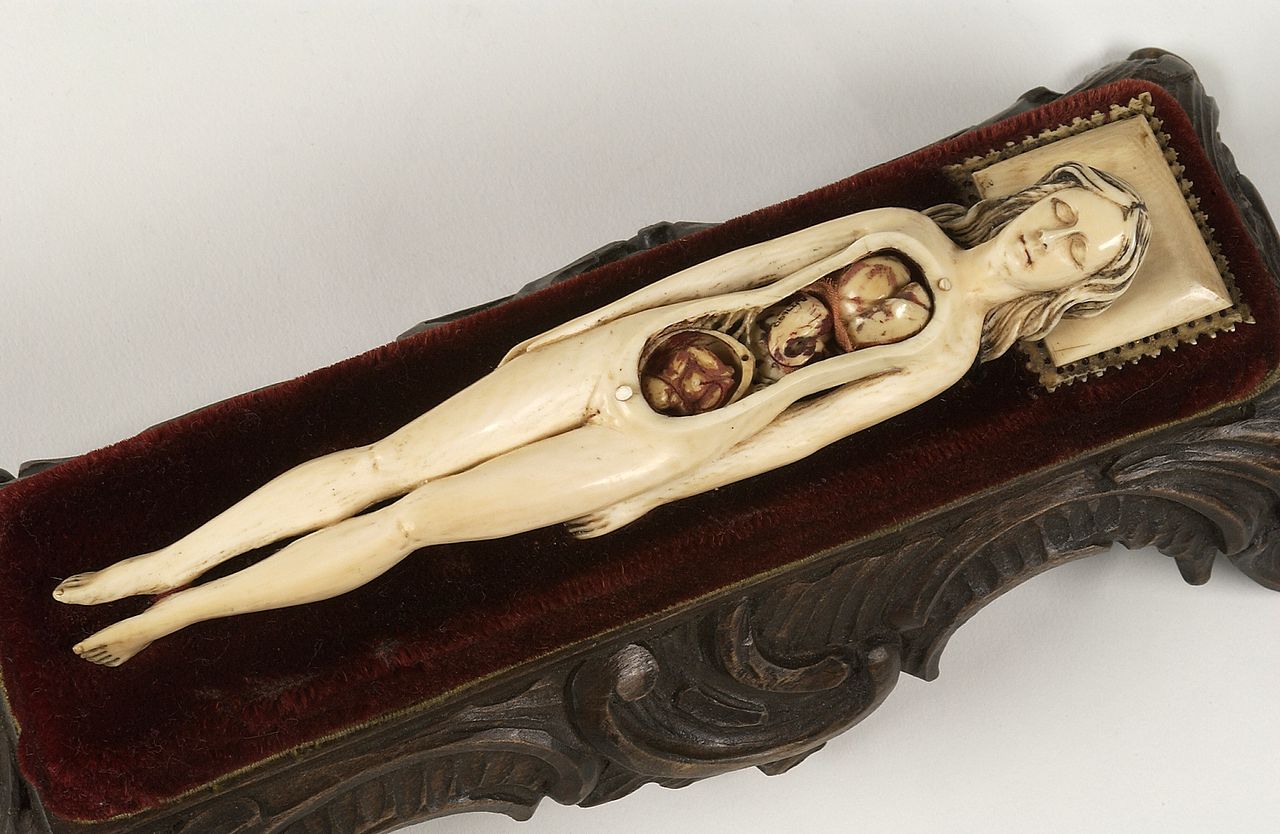Today, 32 percent of all births in the United States are via C-section. In the past, however, a Caesarian wasn’t always intended to save a baby’s life, but rather its soul. José G. Rigau-Pérez sheds light on the forgotten practice of postmortem Caesarian sections—a tradition with surprising origins in the Catholic church.
In 1804, Charles IV, King of Spain, issued a legal admonition telling officials in the Philippines and Spanish America not to bury any pregnant woman without giving her a C-section first. The justification was religious: By accessing the fetus before burying the mother, the logic went, the fetus could be baptized and receive salvation within the Roman Catholic Church, and the baby would not be buried inside its mother.
Rigau-Pérez sees the law as an example of how spirituality, science, and law clashed within Spain and its dominions. As the field of medicine became more advanced, the clergy tried to embed itself further into medical oversight. They even consulted with a board of surgeons to create detailed instructions for the procedure.
The practice had been around for centuries but only began to become common when societies like Spain became concerned about policing the burgeoning field of medicine. The clergy was expected to care for women during pregnancy, and a postmortem C-section was seen as part of that care.

That was fine in Spain, but its colonies were another story. Take Puerto Rico, which had been occupied by Spain for centuries but where the law ran up against challenges. At first blush, it might seem like rebellion against the island’s colonial overlords was behind the lack of postmortem C-sections. But logistical problems seemed to be more prevalent than a rejection of Spanish law. Even if a mother had died hours before, it had to be carried out—and it was to be performed even in the very early stages of pregnancy.
Puerto Rico lacked surgeons, and there were long distances between settlements. That put the onus of carrying out the procedure largely on family members who attended a woman during her death. These relatives were often hesitant to perform the operation. In other cases, there were no surgeons at all. Rather, midwives attended pregnant women—and midwives were not mentioned in the edict.
It’s hard to figure out just how many such operations were performed, says Rigau-Pérez, in part because of missing records. But even if all of the records were available, he says, “we still would not know about the operations that should have been performed but were not.”
Another complicating factor was the low number of pregnant women who died before delivery. And all of the women on whom documented postmortem C-sections were performed were white, married, and free—suggesting that the practice was not applied to unmarried, black, or enslaved women.
Eventually, the practice died out—and today, the Catholic church no longer takes such extreme measures to ensure babies’ salvation.







